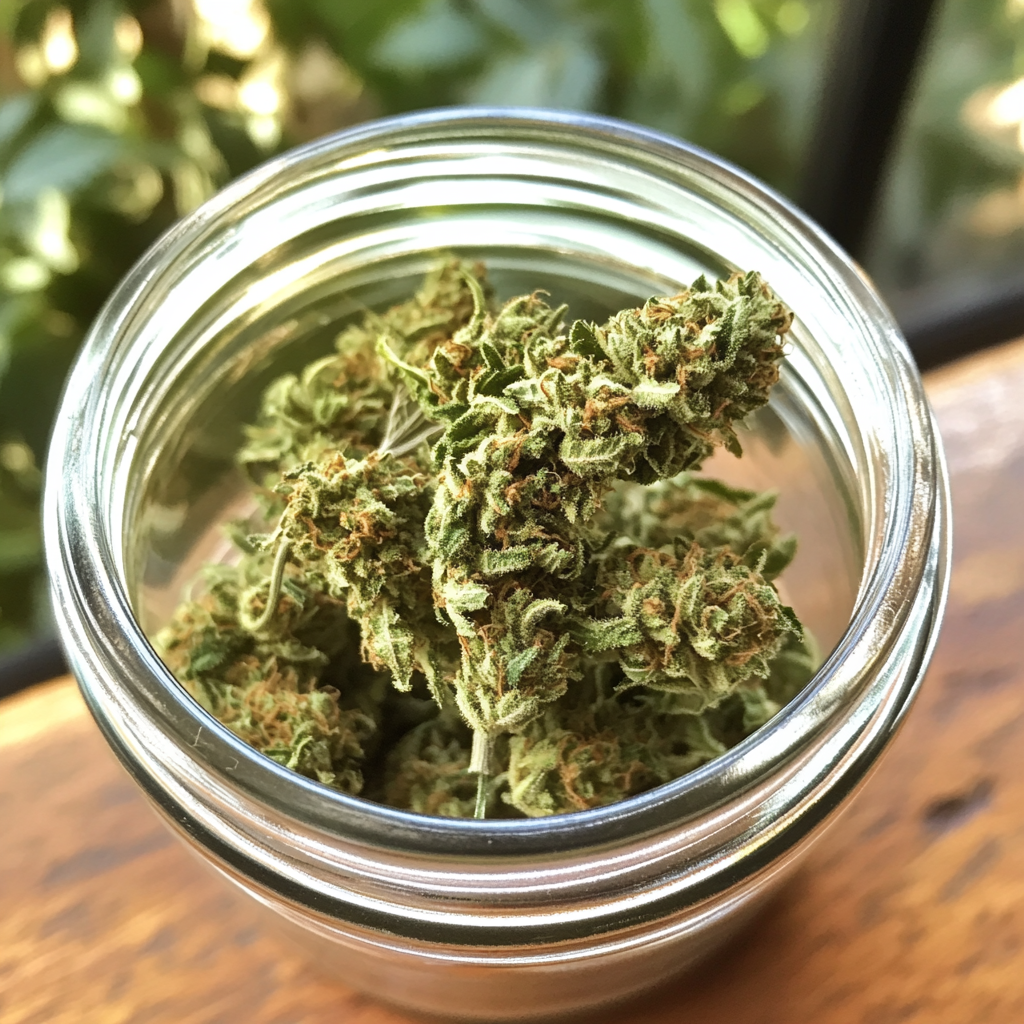THCa Flowers vs Regular Cannabis
The cannabis industry has seen significant growth and diversification in recent years, leading to the emergence of various products that cater to different consumer needs. Among these, THCa flowers and regular cannabis have gained attention for their unique properties and effects. This article explores the differences between these two types of cannabis, providing insights into their composition, benefits, and potential uses.
Understanding THCa Flowers
THCa, or tetrahydrocannabinolic acid, is a non-psychoactive cannabinoid found in raw and live cannabis plants. Unlike THC, which is known for its psychoactive effects, THCa does not produce a “high” when consumed in its natural form. This makes THCa flowers an attractive option for those seeking the therapeutic benefits of cannabis without the mind-altering effects.
Composition and Properties
THCa is the precursor to THC. When cannabis is heated through smoking, vaping, or cooking, THCa undergoes decarboxylation, converting into THC. This process is what activates the psychoactive properties of cannabis. THCa flowers are harvested before this conversion takes place, preserving the cannabinoid in its original form.
- Non-psychoactive in its raw state
- Potential anti-inflammatory and neuroprotective properties
- May offer relief from nausea and pain
Potential Benefits
Research into THCa is still in its early stages, but preliminary studies suggest several potential health benefits. Some users report relief from inflammation, pain, and nausea. Additionally, THCa may have neuroprotective properties, making it a subject of interest for conditions like epilepsy and neurodegenerative diseases.
Exploring Regular Cannabis
Regular cannabis, often referred to as marijuana, is known for its psychoactive effects due to the presence of THC. This form of cannabis has been used for both recreational and medicinal purposes for centuries. Its effects can vary widely depending on the strain, method of consumption, and individual tolerance.
Composition and Effects
Regular cannabis contains a variety of cannabinoids, with THC being the most prominent. When consumed, THC interacts with the endocannabinoid system in the body, leading to the characteristic “high” associated with cannabis use. This can include altered perception, mood changes, and increased appetite.
- Psychoactive effects due to THC
- Variety of strains with different cannabinoid profiles
- Used for both recreational and medicinal purposes
Medical and Recreational Uses
Regular cannabis is widely used for its therapeutic benefits, including pain relief, appetite stimulation, and anxiety reduction. It is also popular for recreational use, providing a sense of relaxation and euphoria. The versatility of regular cannabis makes it a staple in both medical and recreational markets.
Comparing THCa Flowers and Regular Cannabis
When comparing THCa flowers and regular cannabis, several factors come into play, including their effects, uses, and legal status. Understanding these differences can help consumers make informed decisions based on their preferences and needs.
Effects and Uses
THCa flowers offer potential therapeutic benefits without the psychoactive effects, making them suitable for individuals seeking relief without impairment. Regular cannabis, on the other hand, provides both medicinal and recreational benefits, with the added psychoactive experience.
- THCa: Non-psychoactive, potential therapeutic benefits
- Regular Cannabis: Psychoactive, versatile uses
Legal Considerations
The legal status of THCa flowers and regular cannabis varies by region. In some areas, THCa products may be more accessible due to their non-psychoactive nature. Regular cannabis often faces stricter regulations due to its THC content. Consumers should be aware of local laws and regulations when purchasing or using these products.
Conclusion
THCa flowers and regular cannabis each offer unique benefits and experiences. THCa provides potential therapeutic effects without the high, appealing to those seeking non-psychoactive options. Regular cannabis offers a wide range of uses, from medical applications to recreational enjoyment. Understanding the differences between these products can help consumers choose the right option for their needs, while also navigating the legal landscape effectively.
